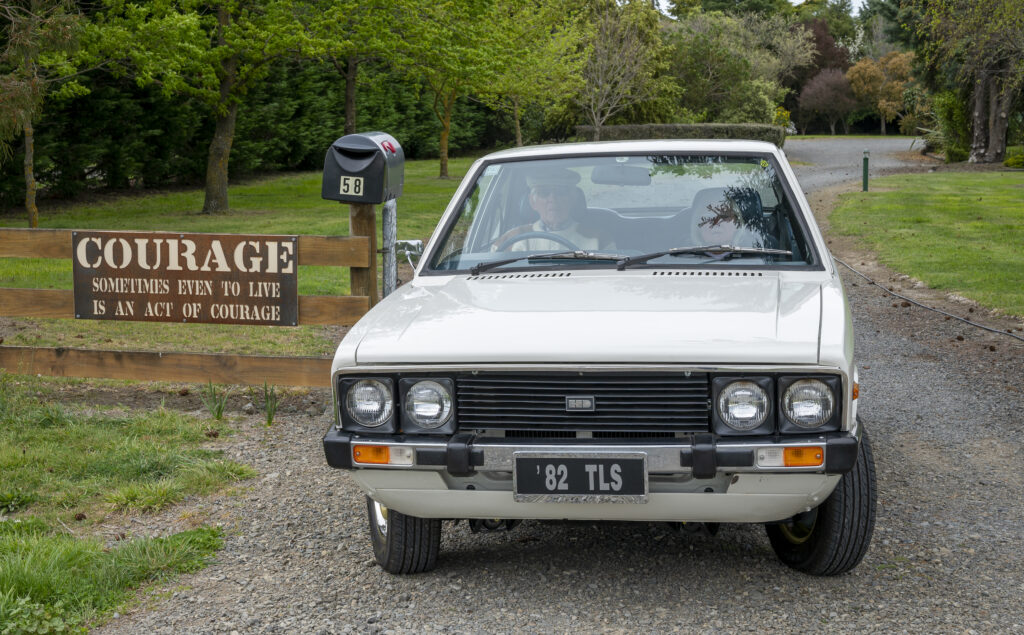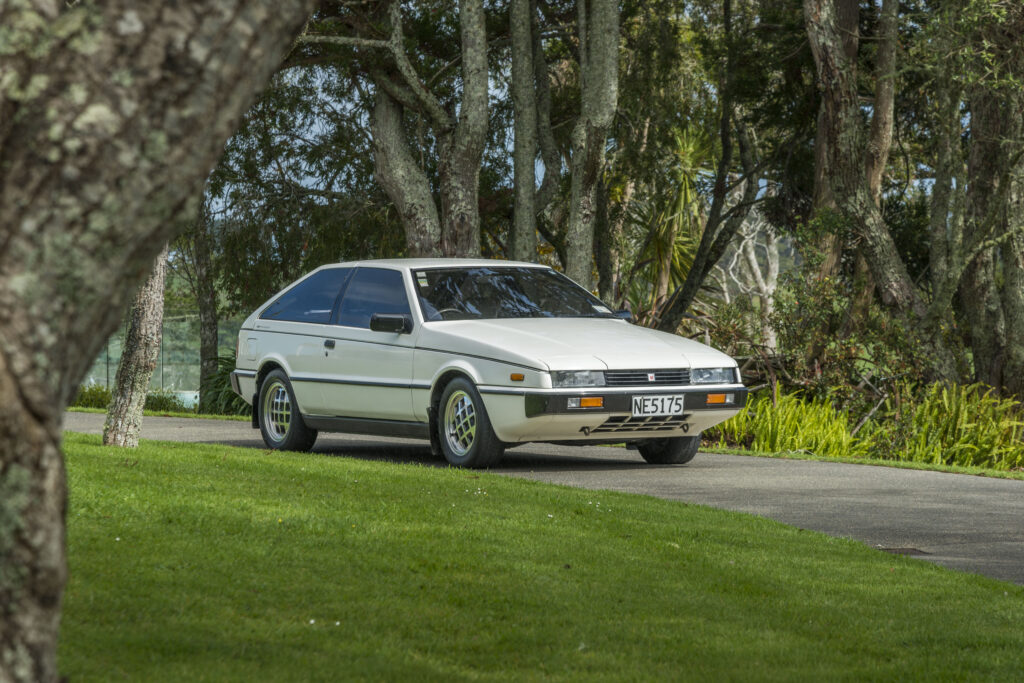
Saltwater Creek Garage
After passing by this building for many years, I decided to call in and ask the owner about his garage and the car that had been parked there. It was a 1982 Hyundai Pony 1200 TLS that he’d inherited from his mother who had bought it when it was nearly new. I was fortunate enough to buy it from him — many had approached him over the years but were turned away. After sitting out there for that long you could not imagine how dirty it was. At least it had never been wet in all that time. The interior is a mid-blue and almost like new — in fact his mother, Irene, had still retained the original factory-fitted thick clear-plastic cover over the mid-blue vinyl door panels.

